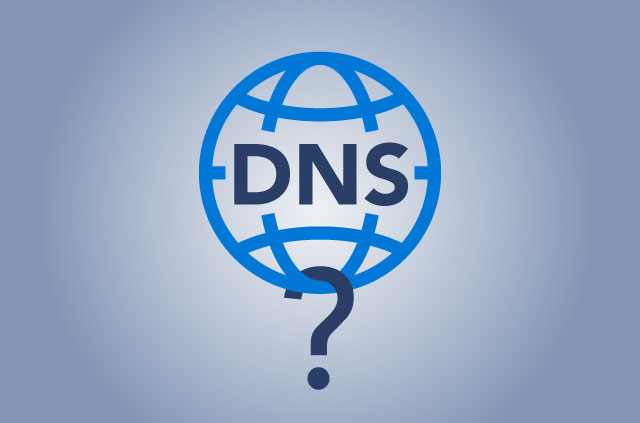The DNS, which stands for Domain Name System, was conceived almost 40 years ago because large distributed systems needed hierarchical name servers. It is a system of domain names and is the largest distributed naming service existing today- it is a service useful for “translating” the names of network nodes into IP addresses. The operation that transforms names into IP addresses is called DNS resolution.
The structure of the DNS
The DNS has a tree structure (hierarchical) divided into domains. Each node (domain) of the tree is given a nameserver, that is a server that answers the questions of name resolution, and that contains a database with information on that particular domain. We speak instead of the root nameserver to refer to the servers of the root domain, called the DNS root zone. These retain information from top-level domains (TLDs), such as .it or .org. Second level domains are instead those that add an extra subdivision compared to the previous ones, such as TechVaz.
Resources are therefore identified by a pathname of up to 255 characters, which are composed of labels of at most 63 characters. Each node, ie every database partition, contains a sequence of resource records. The most important types of resource records form the contents of the nodes in the DNS name space.
On the DNS all the resources are saved, for example, if we talk about the Internet, all the computers with the same IP address must be in the DNS, or when we want to send an email and type in the email address of the recipient, the latter is translated from DNS into its IP address, then a naming > IP address translation is performed .
Since the server is divided into domains it can happen that the entities, being able to move, change domain and consequently also name. So how do you handle moving servers to different domains? For this problem, known as entity localization, different approaches have been introduced- to name a few broadcasting, multicasting, home-based, hierarchical.
To find out which are the best DNS servers that allow you to browse faster you can consult our guide, but not only- if you need to change the DNS you can do it through simple steps by reading the article available on this page.

